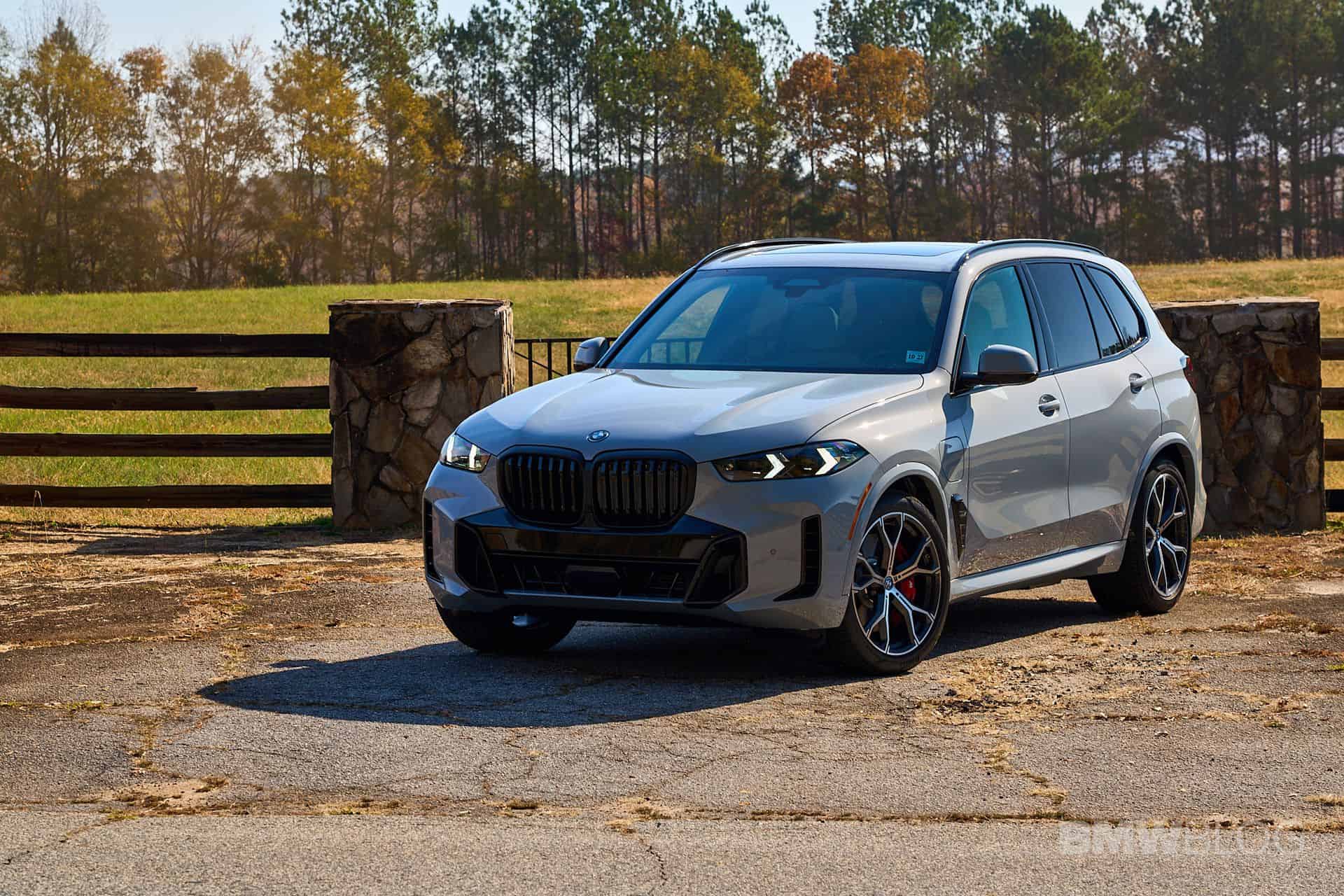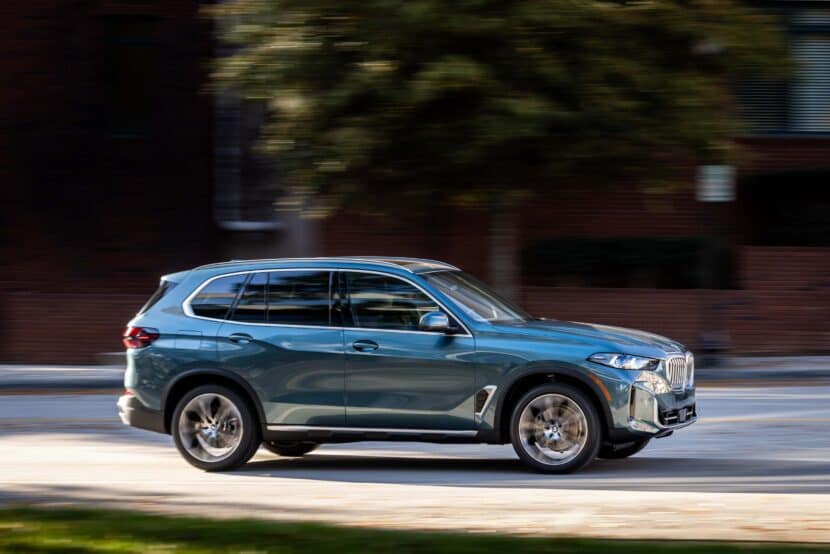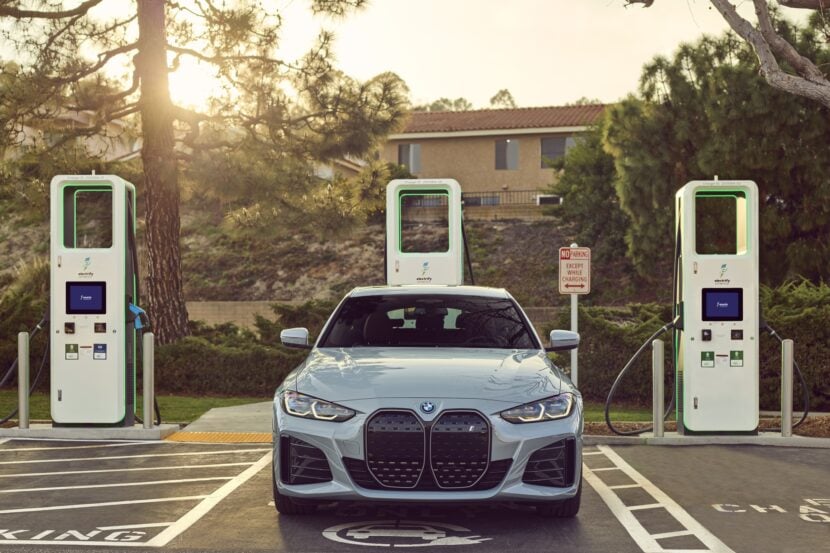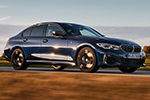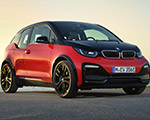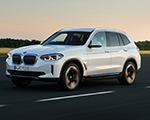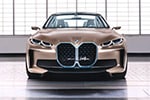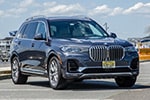Buying a new BMW is an excellent experience (with the right dealers) that I recommend everyone do at least once. But it’s unlikely you’ll find anyone to support the hypothesis that it’s the least expensive way to get behind the wheel. Not only does a new BMW command a higher price than an otherwise similar used one, you also have to reconcile with one the biggest financial hurdles to luxury and new car ownership: depreciation. You may be ready for a six-figure car. But can you handle six-figure depreciation?
BMW X5 Hybrid Five-Year Depreciation: 58.2%
Surprisingly, the BMW X5 hybrid apparently does not hold its value well. There could be several reasons for this, but it likely stems from a higher base price and the continuously evolving nature of hybrid tech. Remember, the newest X5 xDrive50e handily bests its predecessor in range, power, and technology. It also looks noticeably newer. That trend will likely continue as a new model comes out in a few years.
BMW 5 Series Hybrid Five-Year Depreciation: 64.7%
The 530e was the highest depreciating 5 Series model over the last five years. But, there’s little to suggest the 550e xDrive, the current hybrid 5er offering, will have much of a different path ahead of it. Besides, even non-hybrid sedans fared relatively poorly at 61.7%. Why the 5 Series? Like the 7er (more on that later), it boasts a high MSRP in a smaller market segment, mid-size luxury sedans. The 3 Series is more resistant to depreciation since it’s a bit more accessible.
BMW iX Five-Year Depreciation: 65% (Projected)
The BMW iX hasn’t been around for five years yet, but it is likely to be one of the most heavily depreciating vehicles in the BMW lineup. A combination of factors make long-term price almost guaranteed to dramatically fall: an LCI/refresh this year, stagnating EV demand, and the fact that EVs typically depreciate at a quicker pace than gas models. Today you can already find clean examples available at well under half their original MSRP ($40K USD). These promise to be a very good value in the coming years as pricing dips even lower.
BMW XM Five-Year Depreciation: 67%+ (Projected)
Likely the only surprises surrounding the XM’s inclusion on this list is that it isn’t occupying the number one spot. While it’s possible the BMW XM might depreciate even more—based on very low demand—current estimates place the polarizing super SUV at losing no less than 67% of its value over five years. Ironically, the XM may also be the only vehicle on this list with any even faint chance of eventually appreciating. As it is the first standalone M product since the M1, some collectors may eventually find them desirable. Scooping one of these up for under $60,000 is not an unlikely scenario in a few years.
BMW 7 Series Five-Year Depreciation: 67.1%
The BMW 7 Series has been the perceived king of depreciation for generations, and the reputation holds up today. While sources weren’t readily breaking out the differences in value lost between gas-, hybrid-, and electric-powered versions of the new 7 Series, it’s safe to assume the EV models will fare the worst and most closely align with a reported 67.1% in the next five years.
Of course, since the i7 hasn’t actually been around for five years yet, it could theoretically be even higher than 67.1%. Either way, the 7 Series continues to wear the crown of depreciation. Thinking about snatching up a 650-horsepower electric 7er for under $60,000? Wait five years—it may be more likely than you think.


